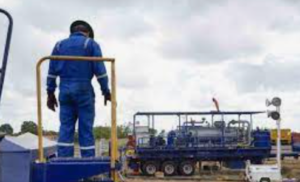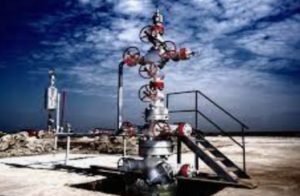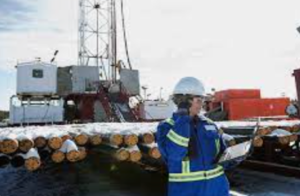As Diamondback Energy heads into the second half of 2025, the company stands at the intersection of consolidation, capital discipline, and operational transformation. After a whirlwind year defined by mega-acquisitions and volatile oil prices, the remainder of 2025 is all about execution. Here are the five biggest trends to watch:
Permian Basin Account Directory – $10
Includes: Account Name, Location, Phone, Website, Wells Drilled…….
1. Capital Discipline in a Volatile Market
Diamondback is putting efficiency ahead of expansion. In Q2 2025, the company dropped three drilling rigs and one completion crew, shaving $400 million off its capital budget. This move isn’t about shrinking—it’s about maximizing free cash flow amid price uncertainty.
📉 Permitting data reflects the shift:
- H1 2024: 466 new well permits
- H1 2025: 316 permits (–32% YoY)
Diamondback has made it clear: it will flex spending up or down depending on market conditions.
2. Post-Merger Integration and Synergies from Endeavor
The $26 billion Endeavor Energy merger closed in late 2024 and continues to reshape Diamondback’s operational DNA. The combined 722,000 net acres in the Midland Basin is now one of the most enviable positions in U.S. shale.
📌 Key integration wins:
- Lowered corporate breakeven to $37/bbl
- 2–3% well cost savings via procurement efficiencies
- 7-day average spud-to-TD times on 13,000’ laterals
The strategic goal? Sustain profitability even in low-price environments.
3. High-Grading the Portfolio with Inventory Quartiles
Diamondback is leaning hard into first and second quartile wells—those with the highest expected returns and lowest breakeven prices. This inventory focus means prioritizing core acreage and divesting less attractive zones.
📍 Recent strategy moves:
- Traded lower-quartile Delaware Basin assets for Midland Basin core acreage
- Accelerated development of southern Midland acreage via the Double Eagle acquisition
This disciplined development roadmap supports long-term capital efficiency and investor confidence.
4. Balance Sheet Strength and Asset Sales
In parallel with growth, Diamondback is focused on deleveraging. After the Double Eagle deal, the company committed to selling $1.5 billion of non-core assets to bring net debt down to ~$10 billion.
🔒 Financial targets:
- Maintain leverage between $6B–$8B
- Use both asset sales and FCF to accelerate debt reduction
Investors can expect continued financial conservatism paired with opportunistic growth.
5. Leadership Transition and the Next Chapter
A leadership handoff is underway. Longtime CEO Travis Stice has moved to Executive Chairman, while Kaes Van’t Hof steps in as CEO. This transition comes at a pivotal time—with the Endeavor and Double Eagle integrations ongoing and commodity markets in flux.
👤 What it signals:
- Strategic continuity with fresh execution energy
- Continued focus on cost leadership, capital returns, and shareholder alignment
The leadership team is staying the course—but with sharper tools and a larger playing field.
Final Word: Transformation Meets Discipline
Diamondback Energy’s 2025 strategy isn’t about doing more—it’s about doing better. With capital-efficient drilling, a high-graded portfolio, and strong financial positioning, the company is proving it can thrive in any market. Investors and industry watchers alike should keep a close eye on how Diamondback executes through the remainder of 2025.
Diamondback isn’t just surviving 2025—it’s setting the standard.
Oil & Gas Contact Directory







